The Shadow of the Cipher
In the late 1960s, Northern California became a stage for terror as a faceless killer, calling himself the Zodiac, struck with chilling precision. Between December 1968 and October 1969, he claimed at least five confirmed victims, though he boasted of killing up to 37. His cryptic letters, sent to local newspapers like the San Francisco Chronicle, taunted authorities with ciphers and clues, some of which remain unsolved to this day. The Zodiac’s ability to evade capture, coupled with his brazen communication, set him apart from other notorious killers like Theodore "Ted" Bundy or Gary Ridgway, whose crimes, while horrific, lacked the Zodiac’s theatrical flair. Unlike Jack the Ripper, whose 1888 London murders also went unsolved, the Zodiac operated in a modern era of forensics, yet still slipped through the cracks.
The first confirmed attack occurred on December 20, 1968, at Lake Herman Road in Vallejo. Teenagers David Faraday and Betty Lou Jensen were shot to death in their parked car, a seemingly random act with no clear motive. The brutality shocked the small community, and police had little to go on—no fingerprints, no witnesses, just shell casings. Seven months later, on July 4, 1969, Darlene Ferrin and Michael Mageau were attacked in a similar lovers’ lane setting in Vallejo’s Blue Rock Springs Park. Ferrin died, but Mageau survived, describing a man with a flashlight who opened fire without warning. The Zodiac soon called police, claiming responsibility and mocking their efforts. These early attacks established a pattern of targeting young couples in secluded areas, a tactic that echoed the randomness of the Saint Valentine’s Day Massacre in 1929, though that Chicago slaughter was tied to organized crime, not a lone predator.
The Taunting Letters and Elusive Clues
The Zodiac’s letters, often laced with cryptic symbols and ciphers, became his hallmark. On August 1, 1969, he sent three nearly identical letters to the San Francisco Chronicle, Vallejo Times-Herald, and San Francisco Examiner, each containing a portion of a 408-symbol cipher. When solved by a schoolteacher and his wife, it revealed a chilling message about his joy in killing and his belief that his victims would serve him in the afterlife. Unlike Jeffrey Dahmer, whose crimes were grotesque but lacked this cryptic bravado, the Zodiac seemed to relish the game of cat-and-mouse. His ciphers, particularly the still-unsolved 340-symbol cipher sent in November 1969, continue to baffle cryptographers and amateur sleuths alike.
Beyond ciphers, the Zodiac’s letters included details only the killer could know, such as the positions of victims’ bodies or specific weapons used. For instance, in his letter claiming responsibility for the September 27, 1969, Lake Berryessa attack on Cecelia Shepard and Bryan Hartnell, he described tying them up before stabbing them—an act he called “more fun than killing wild game.” Shepard died, but Hartnell survived, providing a description of a hooded figure with a white crosshair symbol on his chest. This theatricality, absent in cases like D.B. Cooper’s 1971 hijacking, where the mystery centered on identity rather than murder, made the Zodiac’s crimes feel uniquely performative. Official police records from the California Department of Justice and archived newspaper reports remain key sources for these details, offering a glimpse into the investigation’s frustrations.
A Legacy of Fear and Unanswered Questions
The Zodiac’s reign of terror slowed after 1969, though he continued sending letters until at least 1974, some hinting at additional unconfirmed murders. His final confirmed attack was on October 11, 1969, when San Francisco cab driver Paul Stine was shot in his taxi. The Zodiac mailed a piece of Stine’s bloodied shirt to the San Francisco Chronicle, a gruesome trophy that cemented his infamy. Unlike Bundy or Ridgway, who were eventually caught, the Zodiac’s identity remains a mystery, with suspects ranging from Arthur Leigh Allen to countless others named in amateur investigations. The Napa County Sheriff’s Department and San Francisco Police Department still maintain open case files, and visitors to Vallejo or San Francisco can explore sites like Lake Berryessa, where guided tours occasionally recount the chilling events.
Decades later, the Zodiac case continues to captivate. Online communities, such as those on Reddit’s r/ZodiacKiller, dissect every detail, from sketches of the suspect to theories about his ciphers. Unlike the Saint Valentine’s Day Massacre, where the culprits were likely mob enforcers, or Jack the Ripper’s foggy Whitechapel murders, the Zodiac’s crimes feel eerily modern, blending cold calculation with psychological warfare. His ability to vanish, much like D.B. Cooper, fuels speculation and keeps the case alive. For those seeking answers, the Zodiac Killer Official Website (maintained by enthusiasts, not authorities) compiles case documents and timelines, while local historical societies in Vallejo offer occasional exhibits on the region’s dark history. The Zodiac’s shadow looms large, a reminder that some mysteries may never be solved.

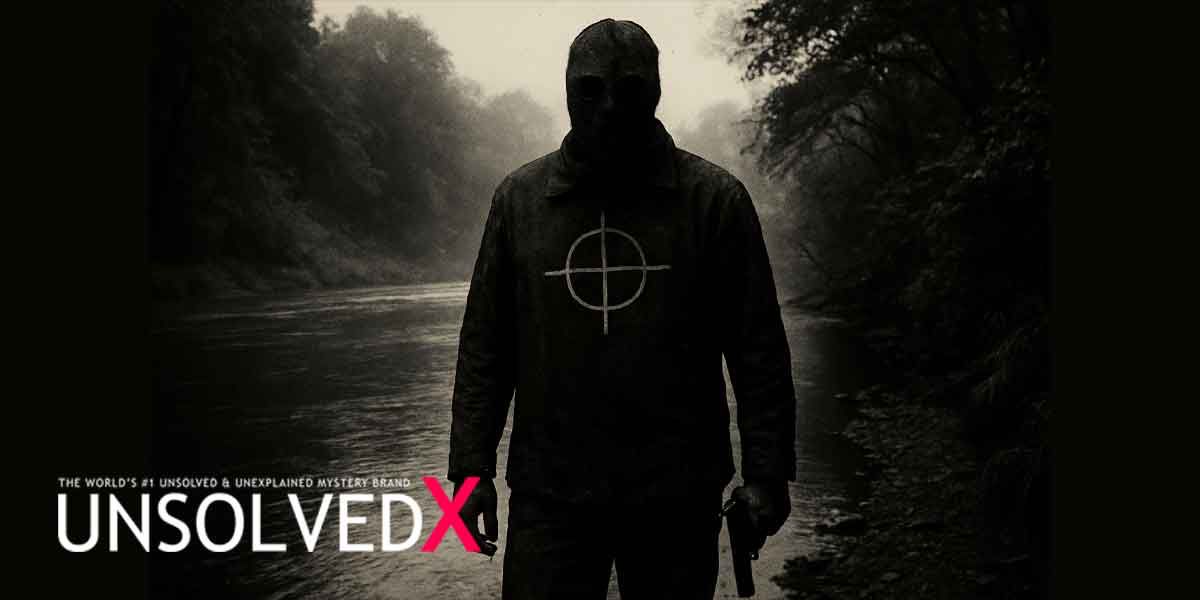
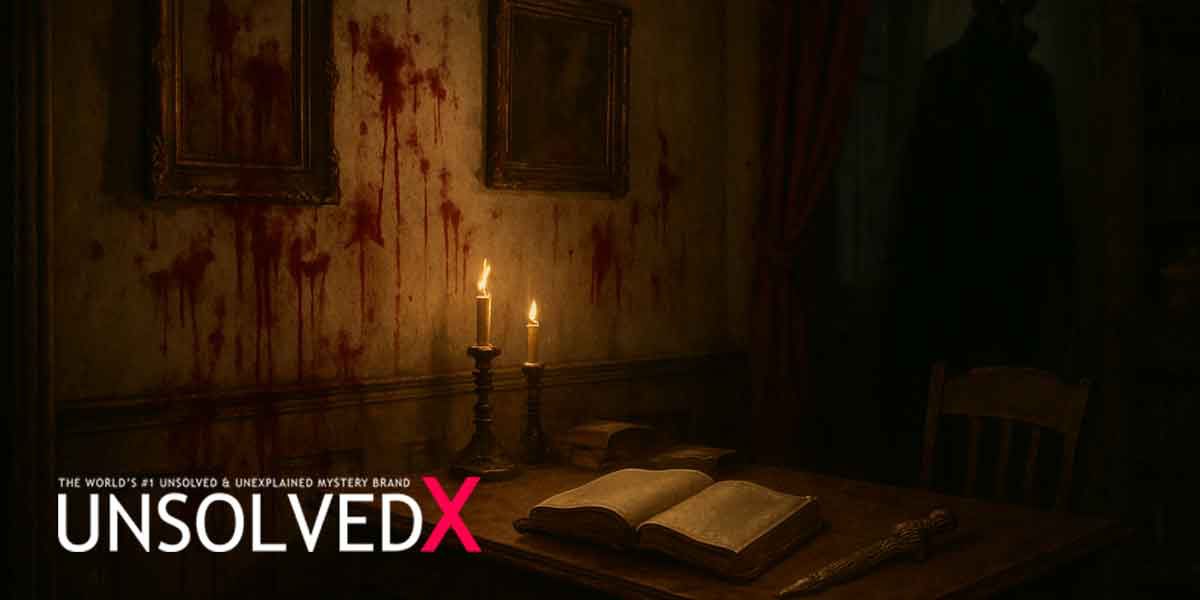
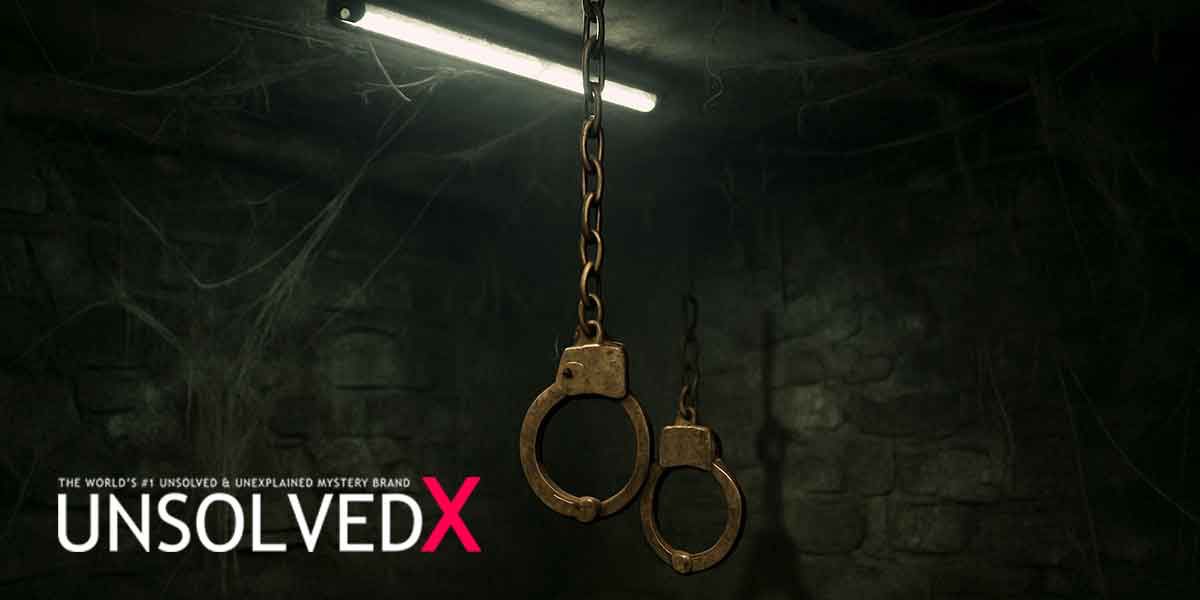
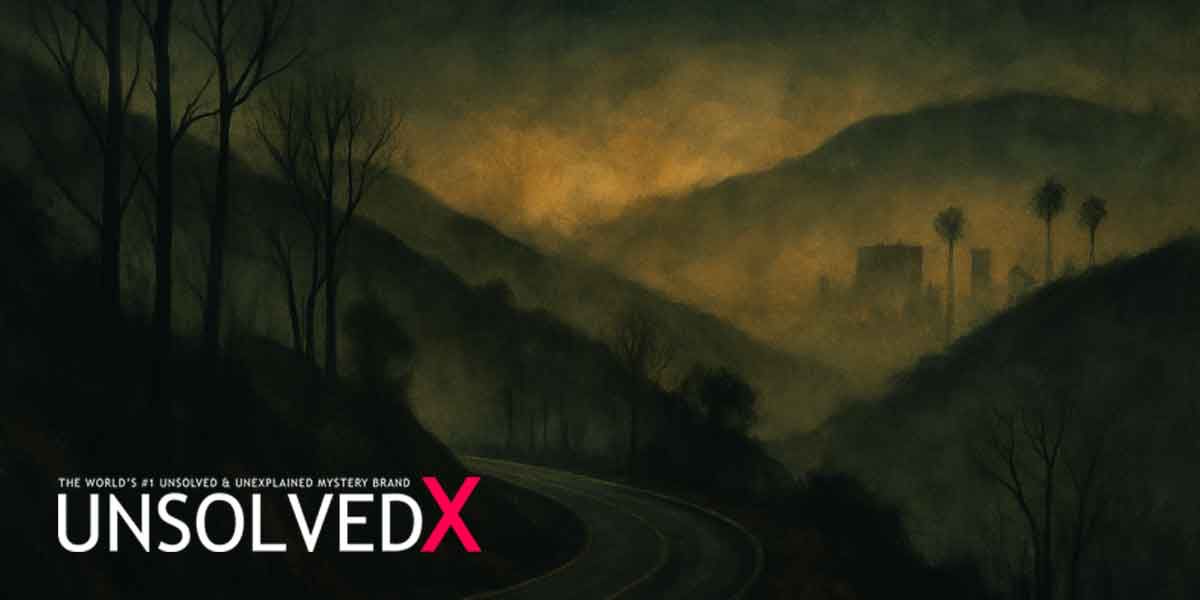

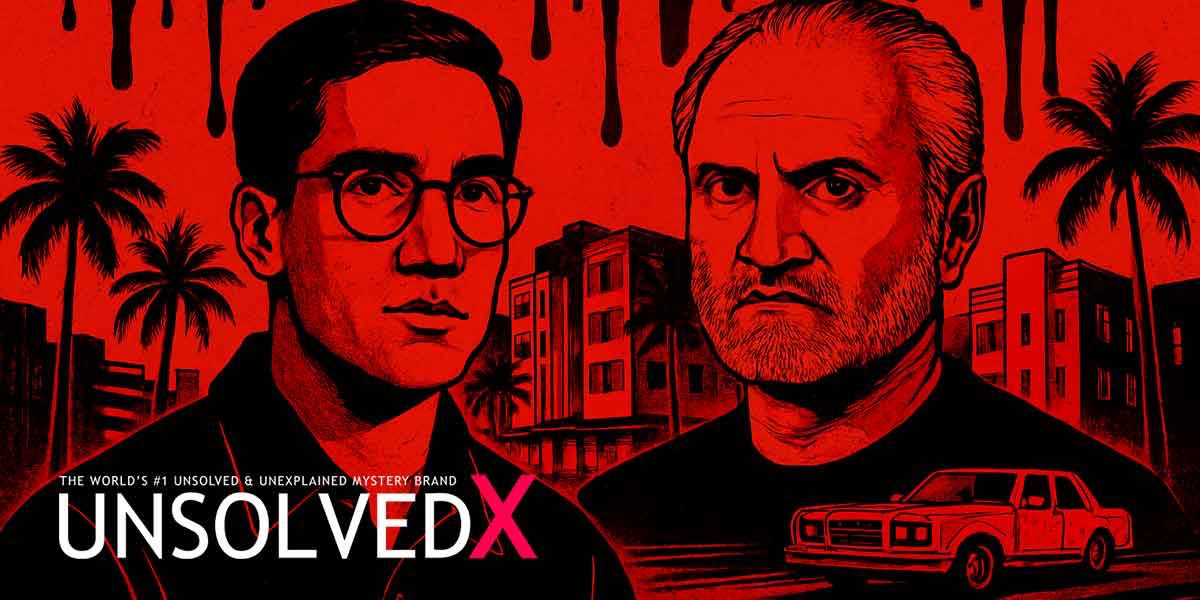
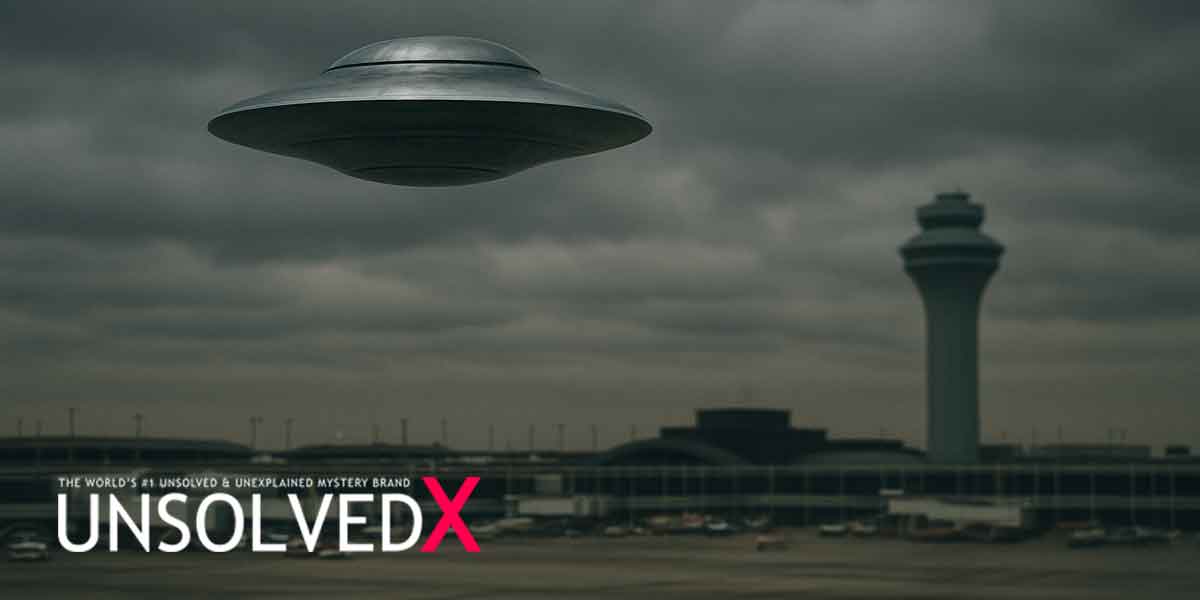

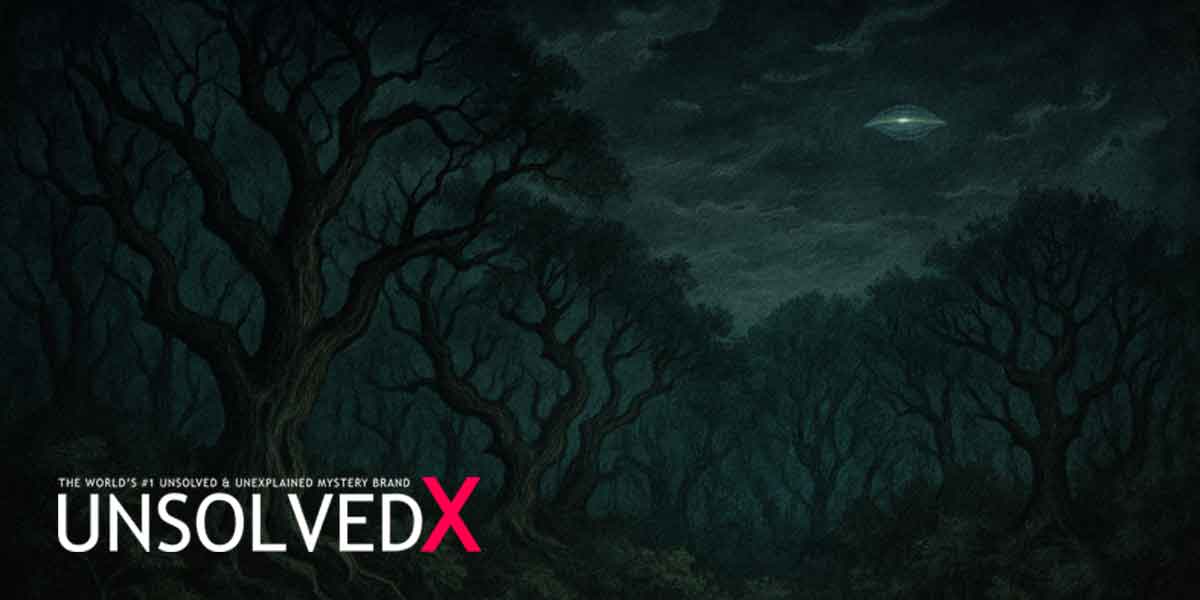
Comments
Comments section coming soon!